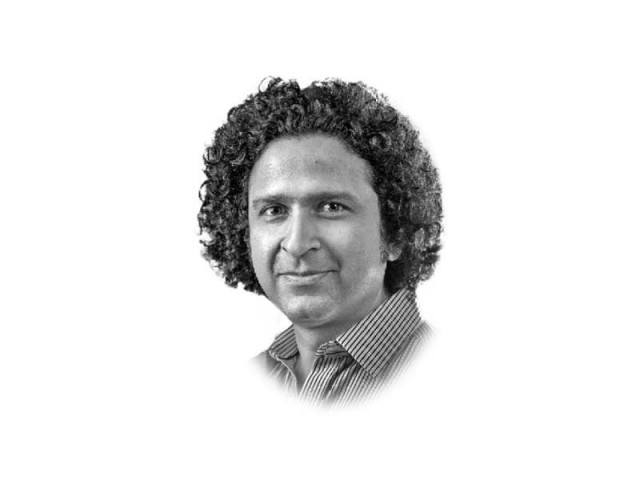Sinking in our own sewage — and the way out
In Pakistan 99% of raw municipal sewage and industrial effluent is dumped into sea and other water bodies

In 1994, Istanbul was treating less than 15% of the sewage produced by its residents. But by 2016, it was able to send 100% of its sewage (326 million gallons per day) to treatment plants before releasing it into the sea. In yet another country called Pakistan, 99% raw municipal sewage and industrial effluent is dumped into sea and other water bodies. Its once functional sewage treatment plants in Karachi, Islamabad, Lahore and Faisalabad have been largely rendered dysfunctional by encroachments, stolen machinery, ghost staff, lack of maintenance and misgovernance. Sinking in one’s own sewage may best describe our existing environmental preference.
What is it that makes this great nuclear nation so monumentally clueless and unconcerned towards such a crucial environmental disaster? Clearly, the existing system, driven by contractual kickbacks, lust for foreign loans and a dysfunctional bureaucracy have created a cesspool that is deepening by the day. The proposed S-III sewage treatment project that began its life with a Rs8 billion budget in 2007 has already crossed Rs43 billion mark – with no respite ahead. There is no way Pakistan can treat its sewage without treating parasites such as KWSB that consume Rs18 billion per year on their own sustenance i.e. repair, maintenance, office expenses and salaries of 13,000 real and imaginary employees.
Pakistan too can treat 100% of its sewage. This requires a shift from the conventional wastewater treatment plants – which involve large capital, kickbacks and maintenance – to constructed wetlands (CWs) which offer a natural and low-cost alternative. CWs are environment friendly, simple to build, easy to maintain, involve little capital and use negligible energy. The proposed treatment systems are characterised by: a) no requirement for plant or machinery and hence negligible capital or maintenance cost; b) only a handful of employees to manage; c) no requirement of gas or electricity; and d) the treated water is not sent to water bodies but stored and reused for plantation, parks and industrial applications.
CWs consist of shallow ponds or channels which have been planted with aquatic plants and which rely upon natural microbial, biological, physical and chemical processes to treat wastewater. Depending on the type of system, they contain an inert porous media such as rock or gravel or sand. Numerous cities, from Chicago to Kolkata, use constructed wetlands to treat municipal wastewater, industrial effluent and agricultural drainage. Though a resource constrained country, Pakistan has the wherewithal to establish hundreds if not thousands of CWs using its own resources, people, plants and pebbles.
Karachi delivers approximately 500 MGD sewage to the sea daily. A recent research study ‘Exploring Sustainable Solution for Wastewater Treatment: A case of Lyari River’, conducted at NED University Karachi describes how 150 MGD can be treated at Lyari river by making 50 CW modules, each consisting of 10 wetland cells. Built on an area of 13 acres, each CW module would also include a recreational area and a lake for storage of treated water. Similar modules can be built on Malir river and other streams of waste water. All this can be done with just about a tenth of the annual maintenance expense of KWSB.
A 400 square meter ‘Urban Forest’, built on a 3 acre park in Clifton Karachi, is an excellent example of how sewage treatment using wetland channels can be integrated with developing an urban forest, an attractive public space, a lake for water storage and a compost generating facility. Using treated sewage water from wetlands, such integrated urban forests can be built in thousands, all across Pakistan. Combined with wetlands built on waste water carrying nullahs, Pakistan can become a 100% sewage treating country within a span of 2-3 years. Here is an opportunity to meet and surpass our 2030 SDGs.
Published in The Express Tribune, April 29th, 2022.
Like Opinion & Editorial on Facebook, follow @ETOpEd on Twitter to receive all updates on all our daily pieces.
















COMMENTS
Comments are moderated and generally will be posted if they are on-topic and not abusive.
For more information, please see our Comments FAQ